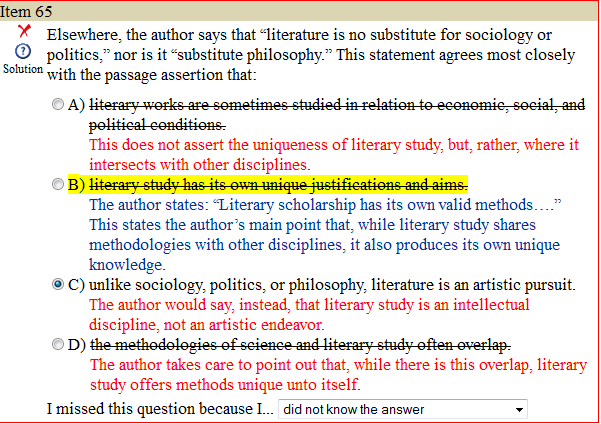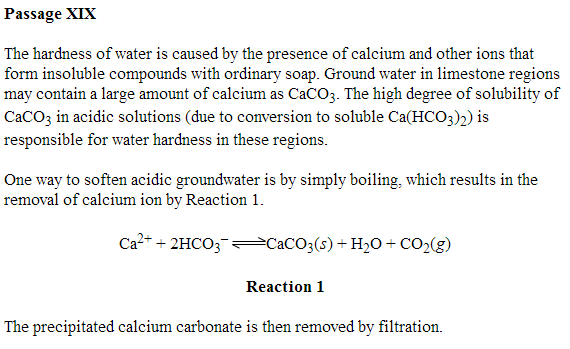Ah sorry to keep on posting... I have a question on #19 of PS that I hope someone can help me clarify
The question is on Passage IV about Aristotle and Galileo's theories on falling objects (natural motion, violent motion etc.)
Although I originally got this question right, I don't think I had the correct thought process.
When it says that a 10 m plank is being used, does this imply that the plank is being held vertically? That is what I assumed since the answer explanation says that "ignoring air resistance, rotation, friction, the final velocity of a sphere that drops is the same as the final velocity of a sphere that moves down the inclined plane". I'm presuming that this means that the sphere starts at the same height, have the same potential energy so will have the same kinetic energy at the bottom. However, that must mean that the displacement is the same (on the contrary, the answer explanation says that the path on the plane is longer) so under conditions of no friction, air resistance, time would be the same. I assumed that because it was on a nearly-frictionless plane, the sphere on the plane would encounter friction and air resistance, slowing it down and increasing the time needed to reach the bottom.
Also, second question on PS #27: Which of the following would not help in predicting the results shown in Figure 1? (Passage about balloons and depth in tank, and as depth increases, temperature increases)
Choices A and B are easily eliminated
For choice C (variation with depth in the speed of the balloon), the answer explanation makes it seem like it is the speed of the air molecules it is considering. In that case, variation with depth in the speed of the air molecules in the balloon, that makes sense. But does speed of the balloon itself necessarily correlate with the speed of the molecules?
Can anyone help? Thank you!!



